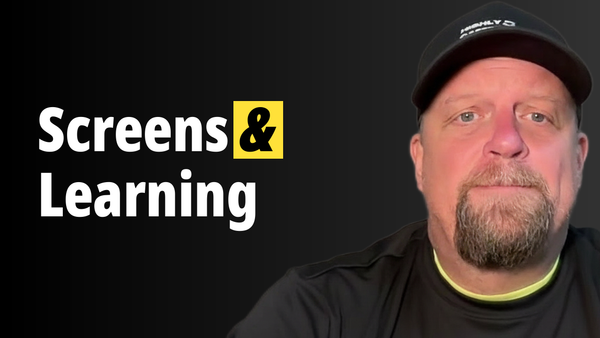Rethinking School Discipline: Why Restorative Practices Need More Than Good Intentions
Discover how misapplied restorative practices in schools are falling short and what educators can do to make discipline meaningful and community-centered.

As an Amazon Associate, I earn from qualifying purchases. This page contains affiliate links. This helps support Why Edify. Thank You! Read more here.
Rethinking School Discipline: Why Restorative Practices Need More Than Good Intentions
Why Discipline Reform Feels Broken
If you’ve ever felt unsupported when handling behavior in your classroom, you’re not alone. Many educators today are stuck between outdated disciplinary systems and newer approaches like restorative justice that often lack consistent implementation. Episode 252 of the Cult of Pedagogy podcast, "Where Discipline Reform Has Gone Wrong in Some Schools," explores this tension and offers much-needed clarity.
Restorative Justice: Misunderstood and Misapplied
Restorative justice isn't about removing consequences—it's about repairing harm. As restorative justice educator Bink Jones and trauma-informed consultant Alex Shevrin Venet explain, many schools wrongly equate restorative practices with permissiveness. The result? Teachers feel abandoned, and students receive mixed messages about accountability.
Instead of "no consequences," restorative discipline should provide structured ways for students to understand their actions, make amends, and rejoin the community in a healthier way. Unfortunately, inconsistent implementation often makes it appear ineffective.
PBIS vs. Restorative Justice: Conflicting Philosophies
While Positive Behavioral Interventions and Supports (PBIS) relies on external rewards and consequences, restorative practices focus on relationships and community building. When schools blend the two without clear direction, confusion reigns. Teachers end up frustrated, unsure whether to hand out tokens or facilitate a healing conversation.
The Harm of Exclusionary Discipline
Traditional discipline methods like suspensions may offer short-term relief but fail to address root causes. Worse, they can traumatize students and contribute to the school-to-prison pipeline. Restorative justice, by contrast, aims for healing and reintegration, focusing on long-term well-being over momentary control.
Why Training and Leadership Matter
You can’t restore what never existed. Restorative justice depends on strong relationships, and building those takes time. Yet too often, schools skip foundational community-building and jump straight to accountability measures. Without clear leadership and ongoing professional development, even the best intentions fall flat.
Teachers need training, support, and above all, a shared school-wide discipline philosophy. When administrators lead by example and prioritize consistency, real change becomes possible.
Actionable Strategies for Teachers
Even if your school lacks a strong restorative framework, you can begin with small steps:
- Try restorative chats: Ask students what happened, who was affected, and how to make things right. These short conversations build trust and reveal deeper issues.
- Build classroom community: Reflect with students on your ideal classroom climate and co-create routines or assignments that align with that vision.
- Clarify behavior responses: Work with colleagues to categorize behaviors and agree on consistent responses. This reduces ambiguity and strengthens collective efficacy.
Start with Connection, Not Control
Restorative justice isn’t a quick fix—it’s a cultural shift. But educators willing to invest in relationships and community can dramatically improve student experiences. As the podcast emphasizes, hope grows when teachers support each other and pursue meaningful change together.
Final Reflection
What would your classroom look like if every discipline moment was a chance to build community instead of create distance?
Recommended Reading From The Podcast:
- Troublemakers by Carla Shalaby
- Hanging In by Jeffrey Benson
- Circle Forward by Kay Pranis & Carolyn Boyes-Watson
- Equity-Centered Trauma-Informed Education by Alex Shevrin Venet
(The links above are affiliate links. Your purchases help support Why Edify. Thank you!)
❤ Enjoy this Article?
🍵 Show Your Support and 🤗 Share It



